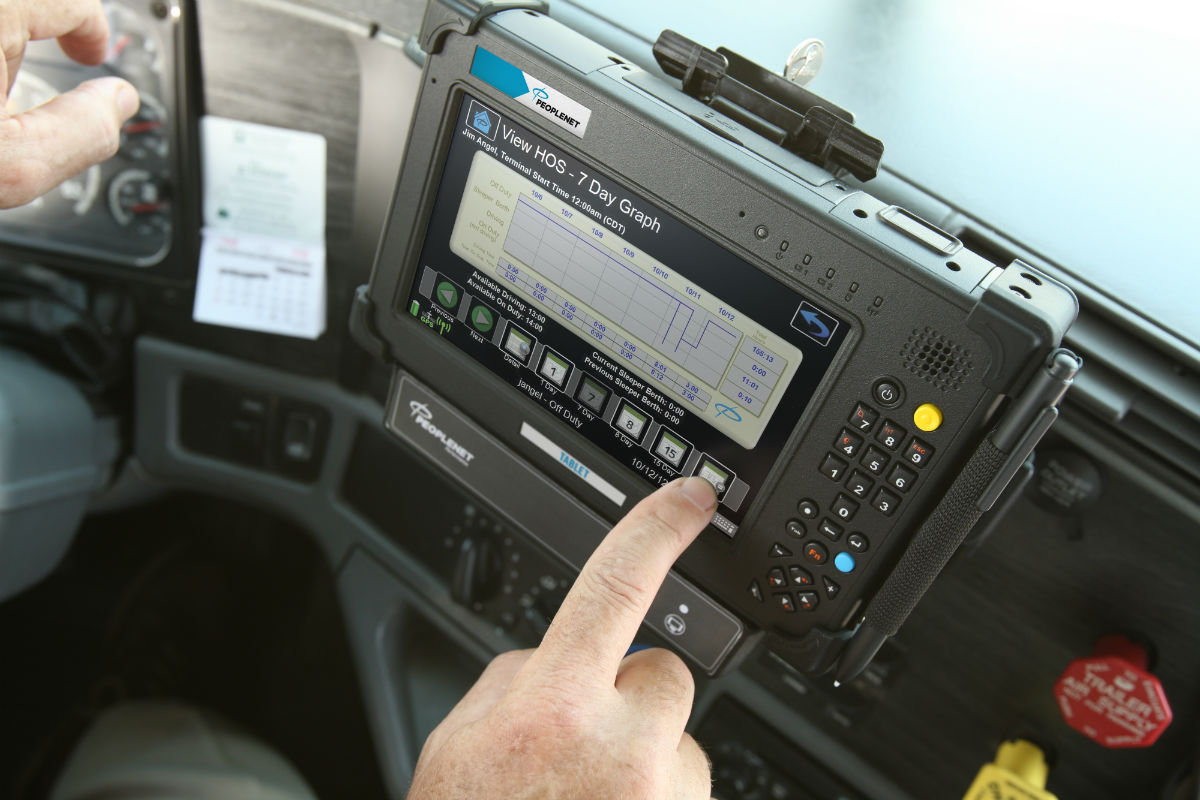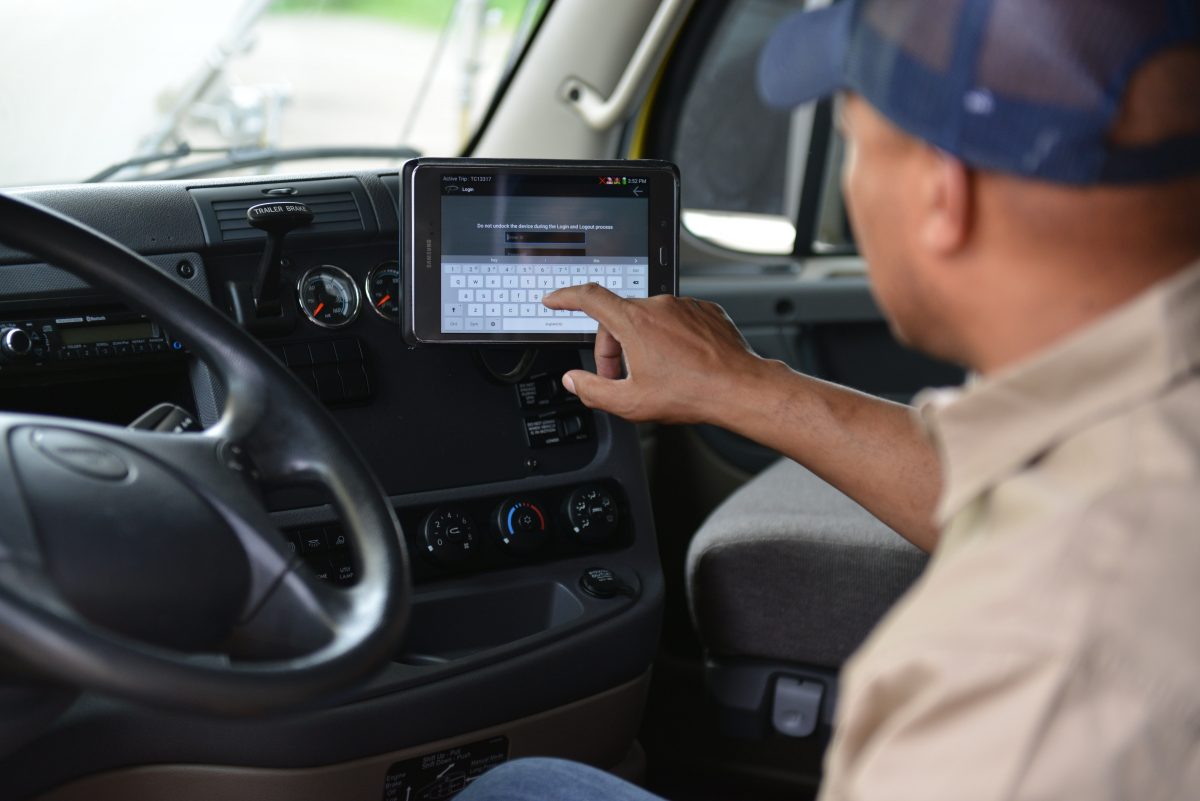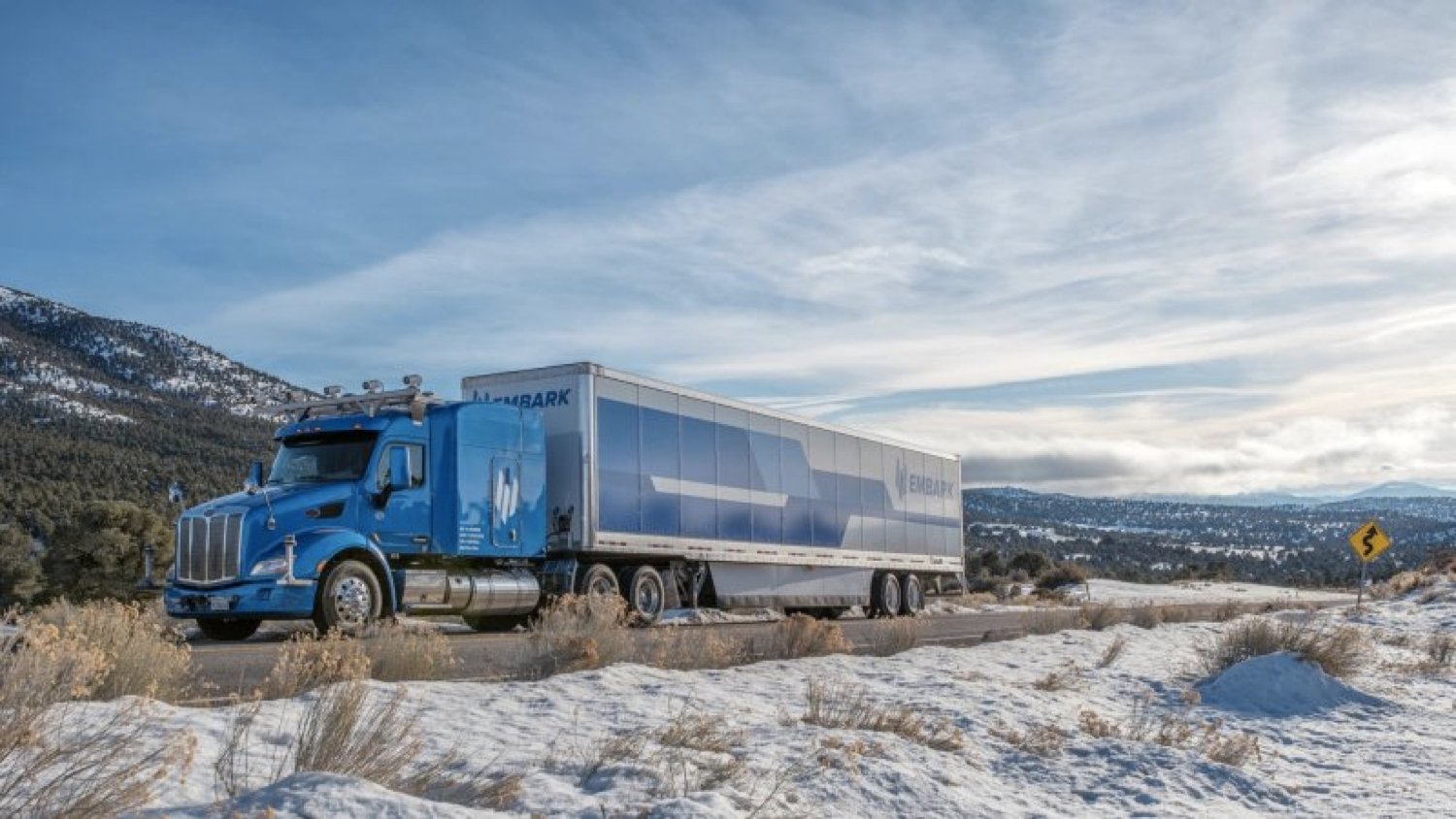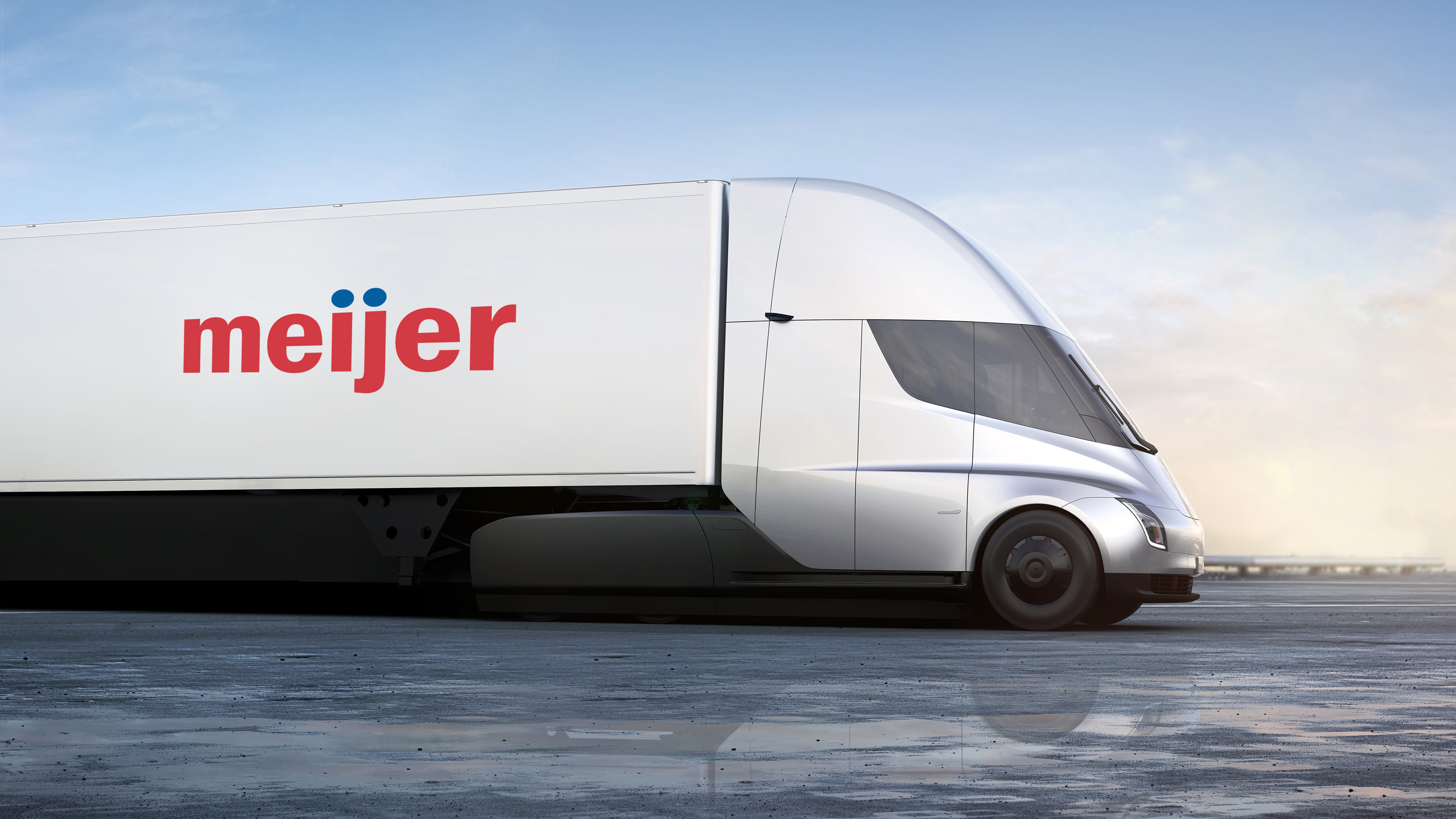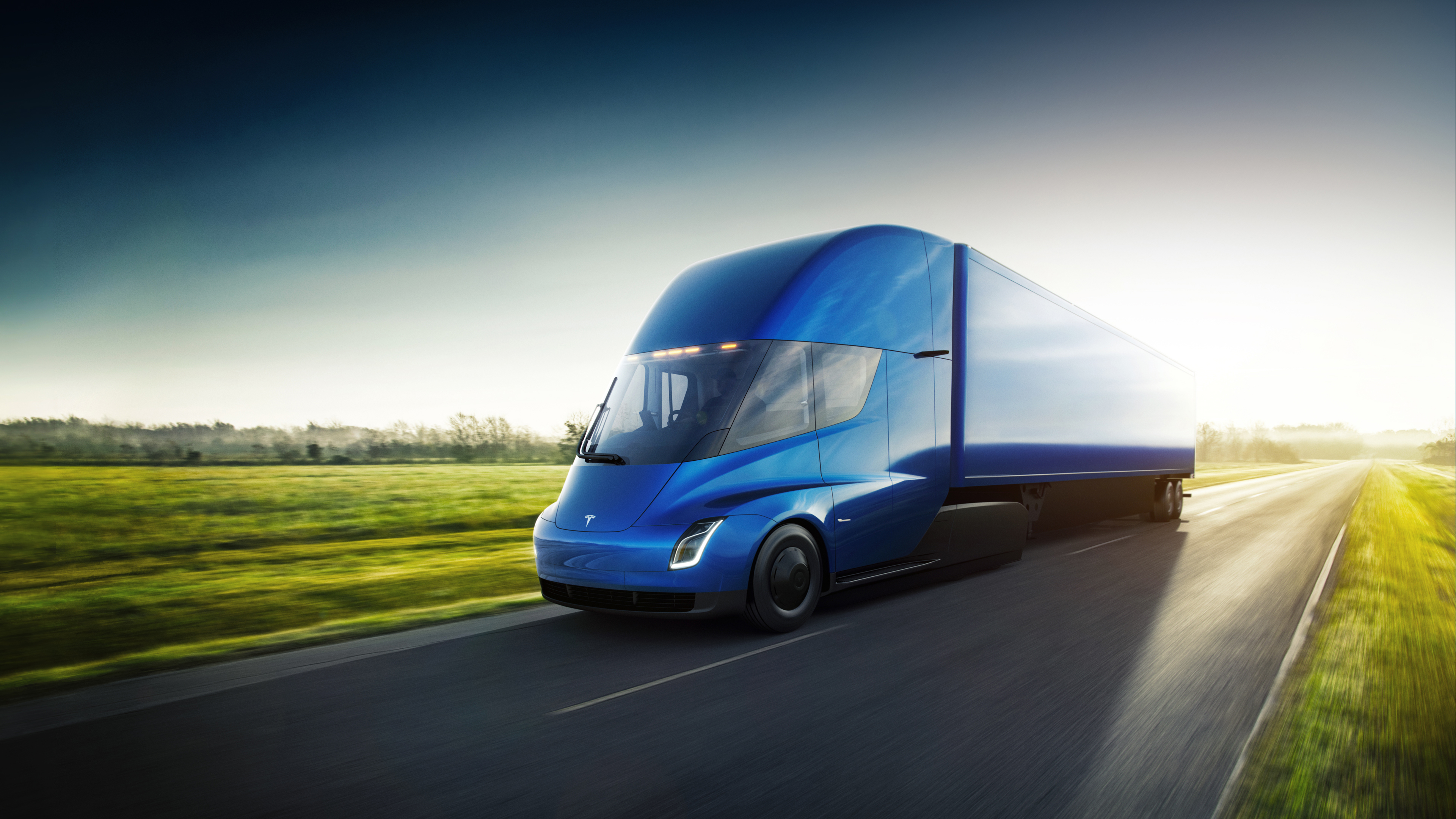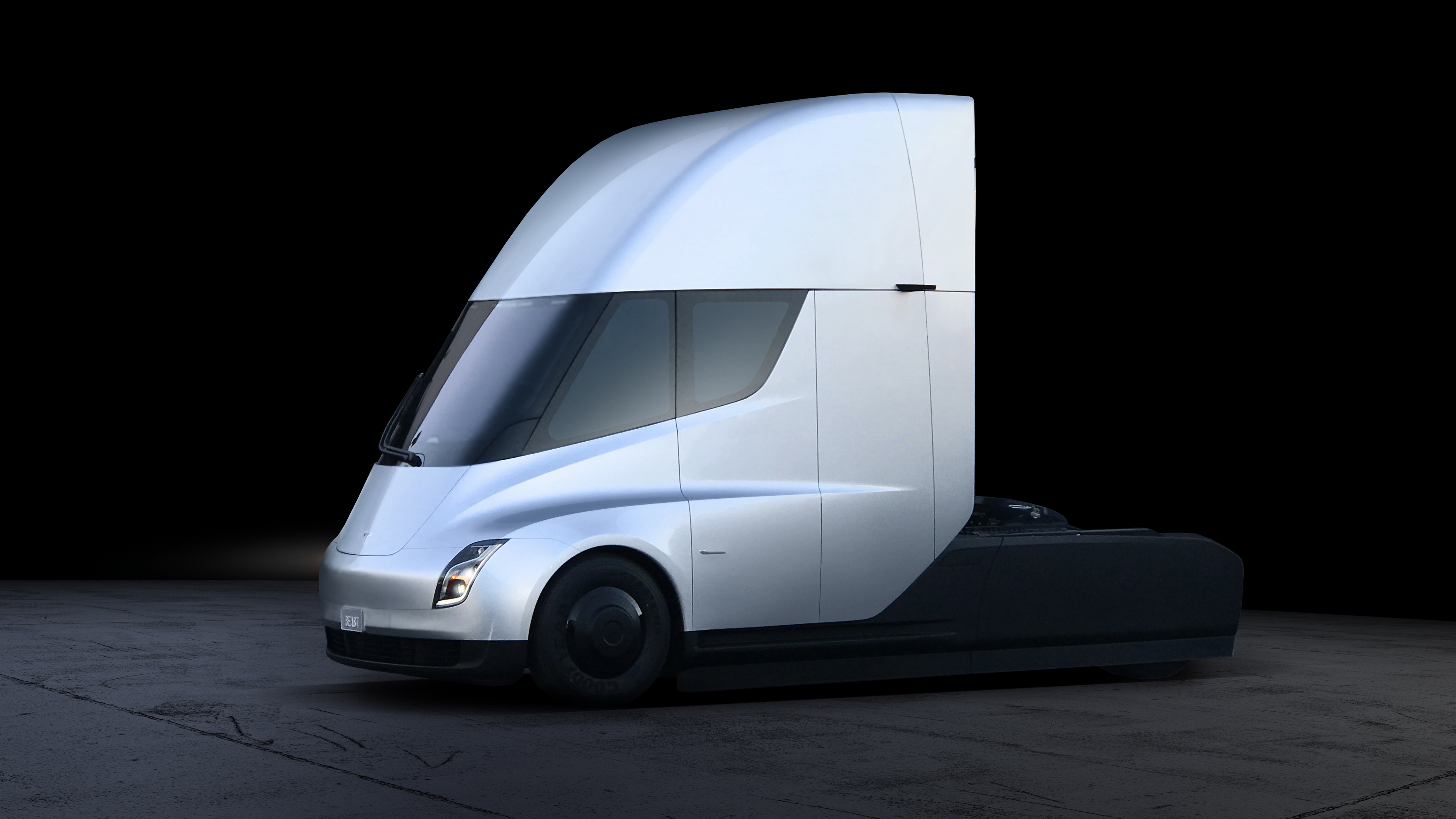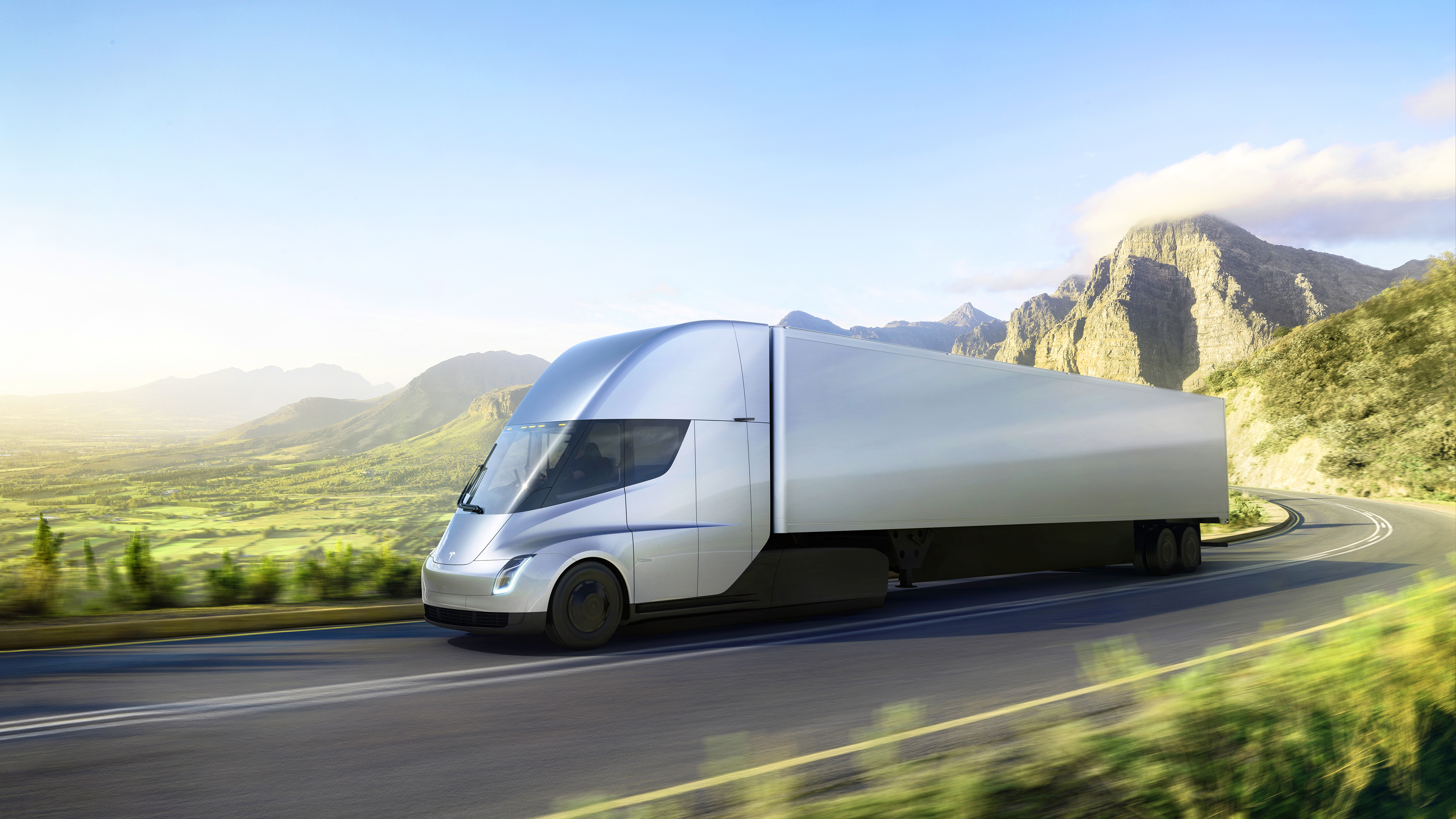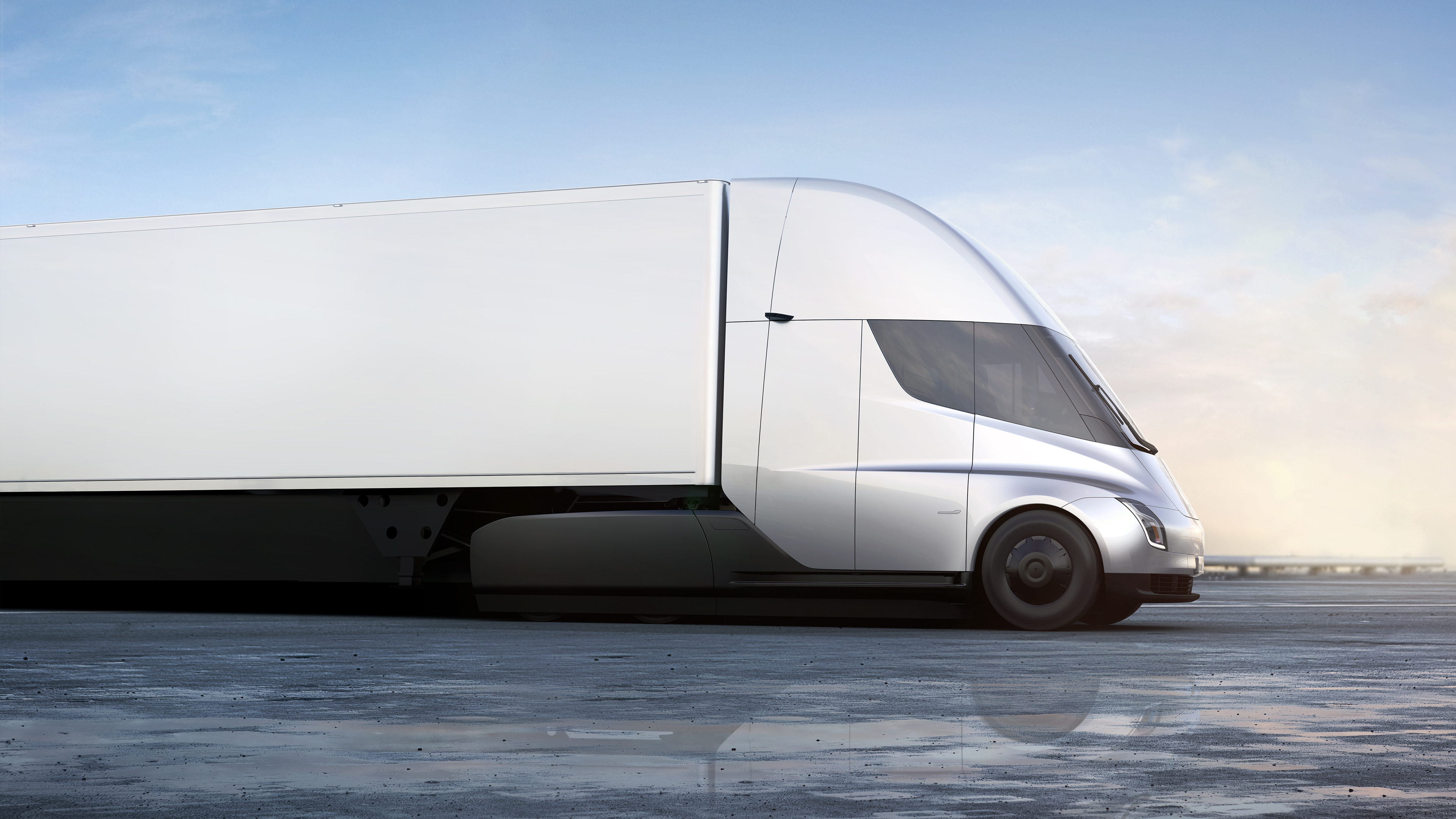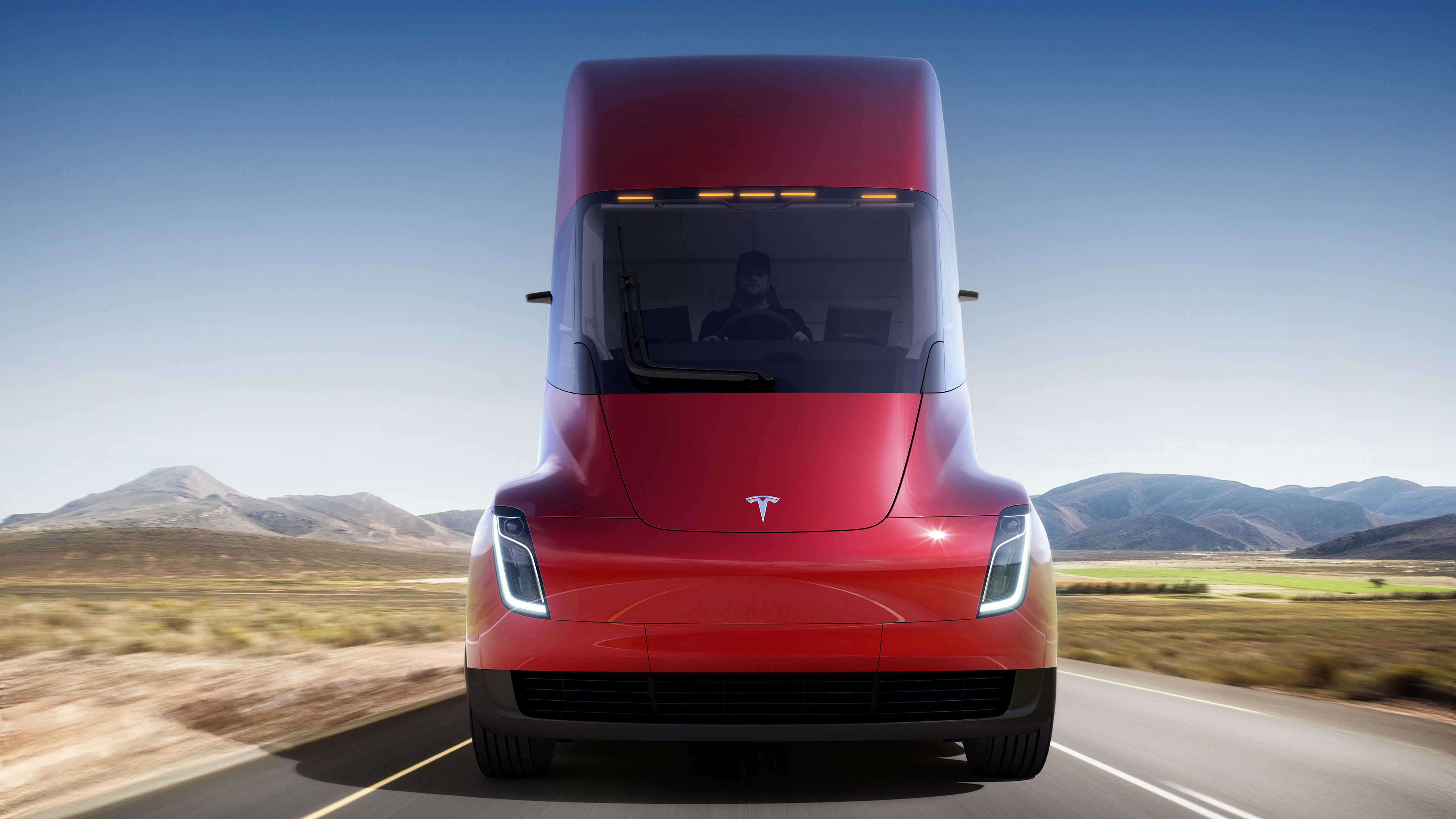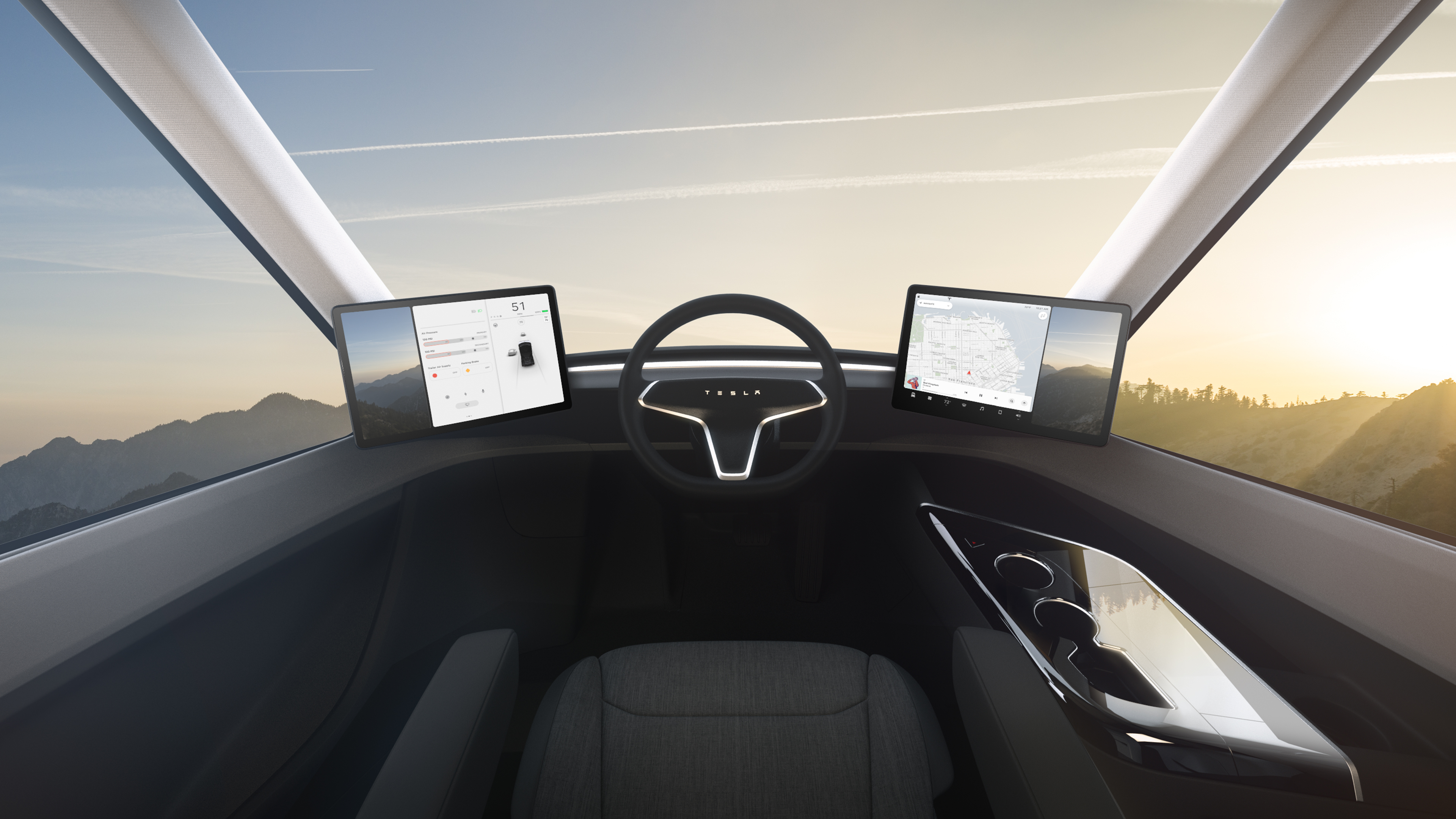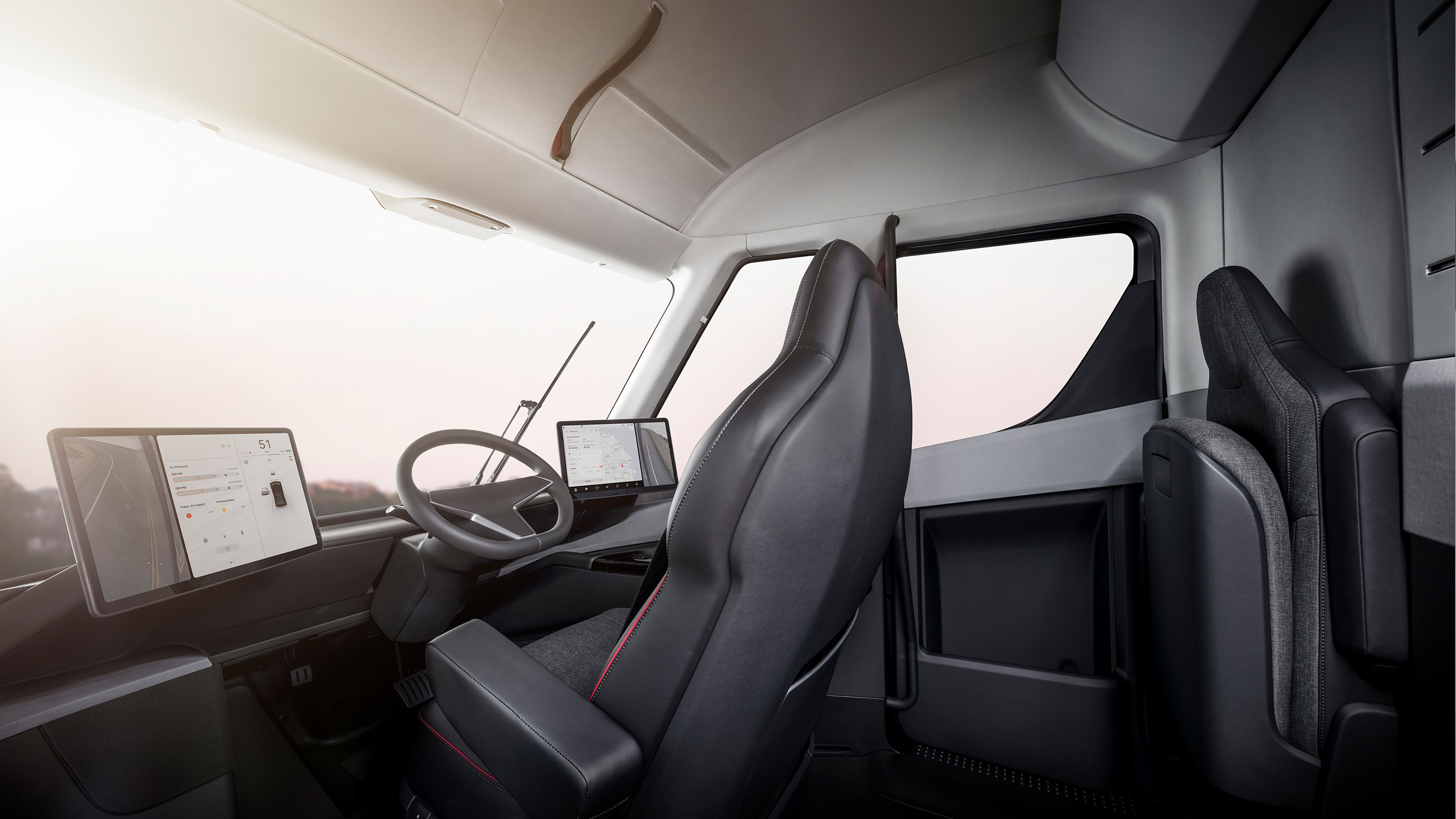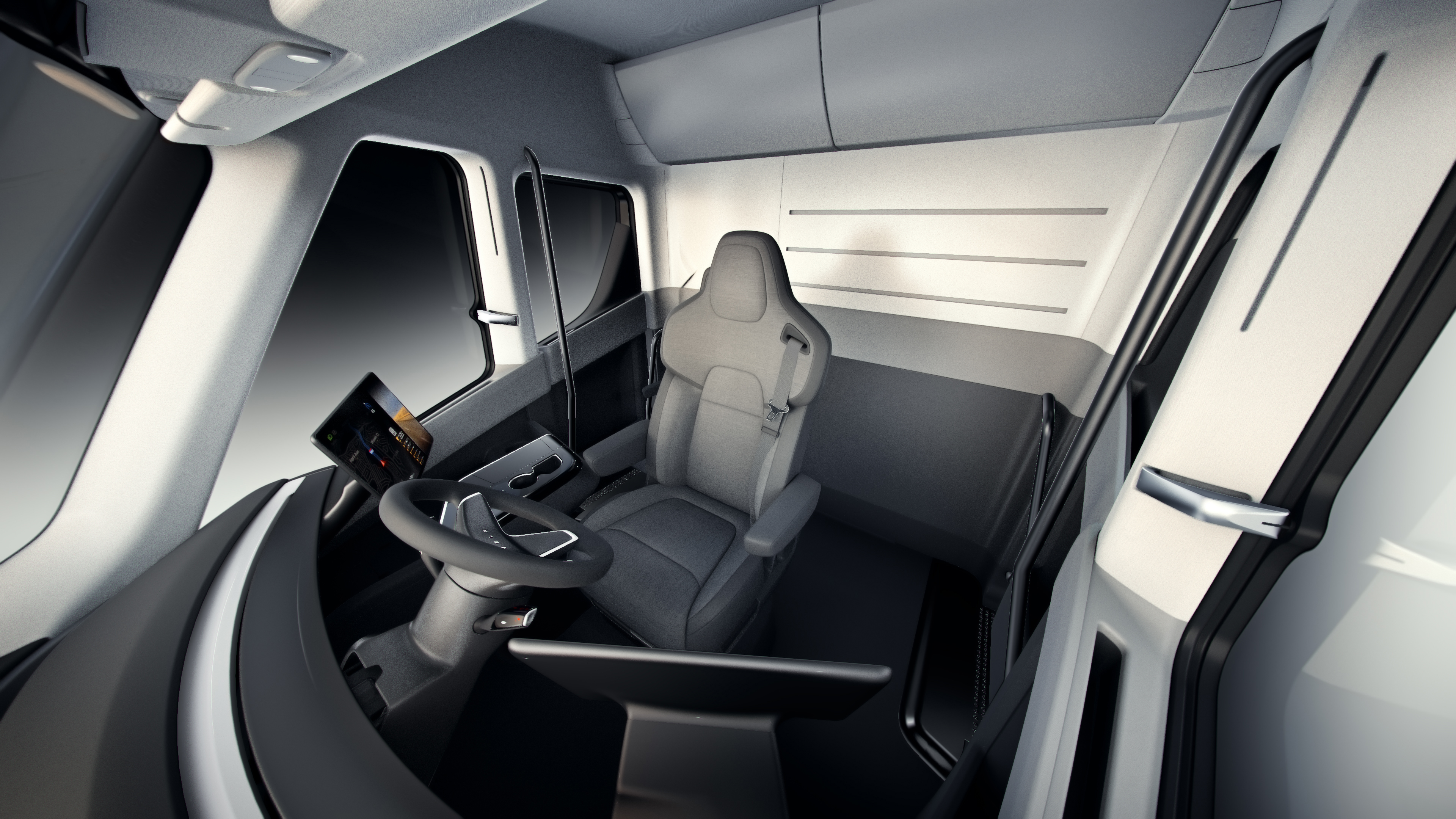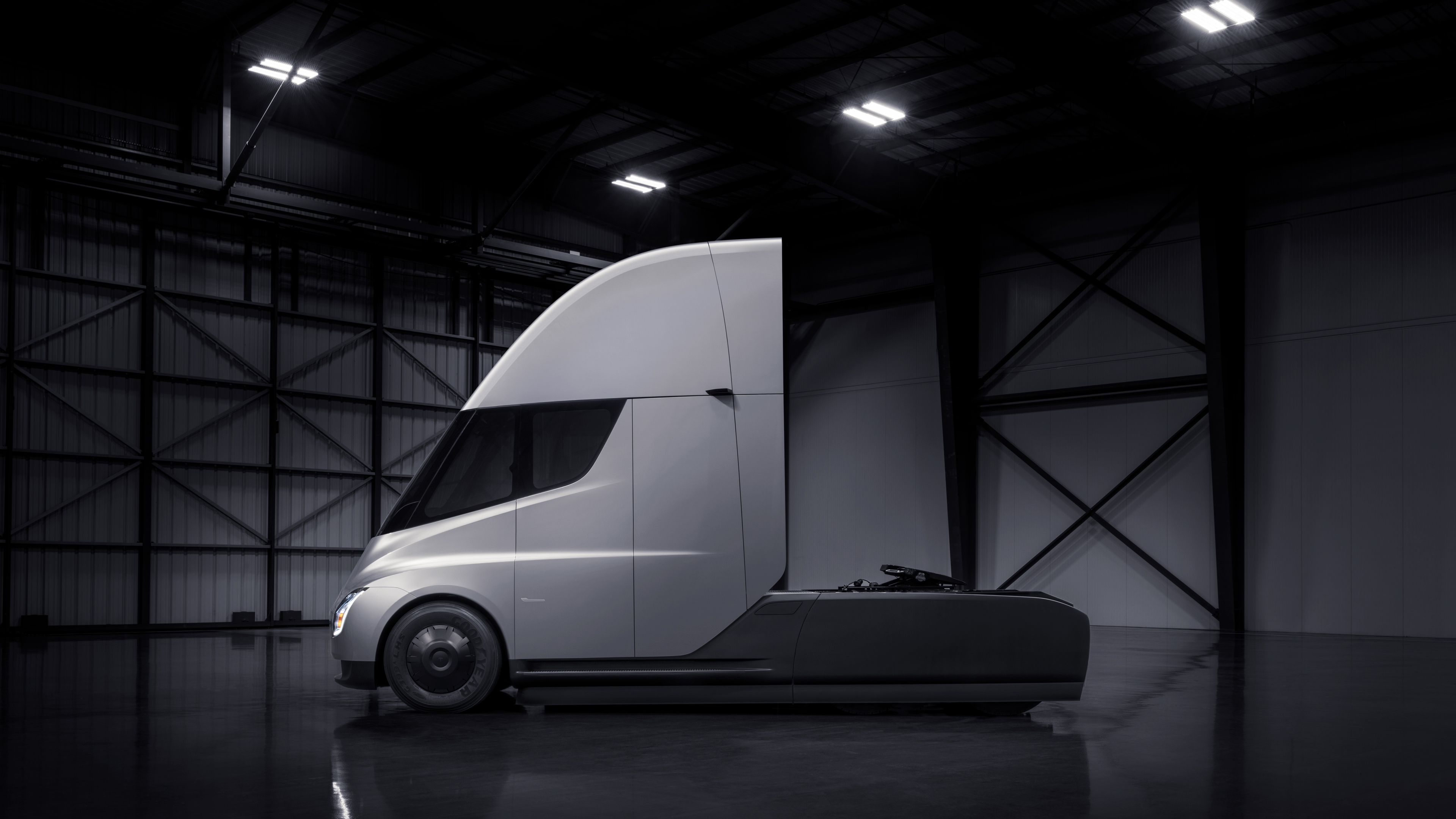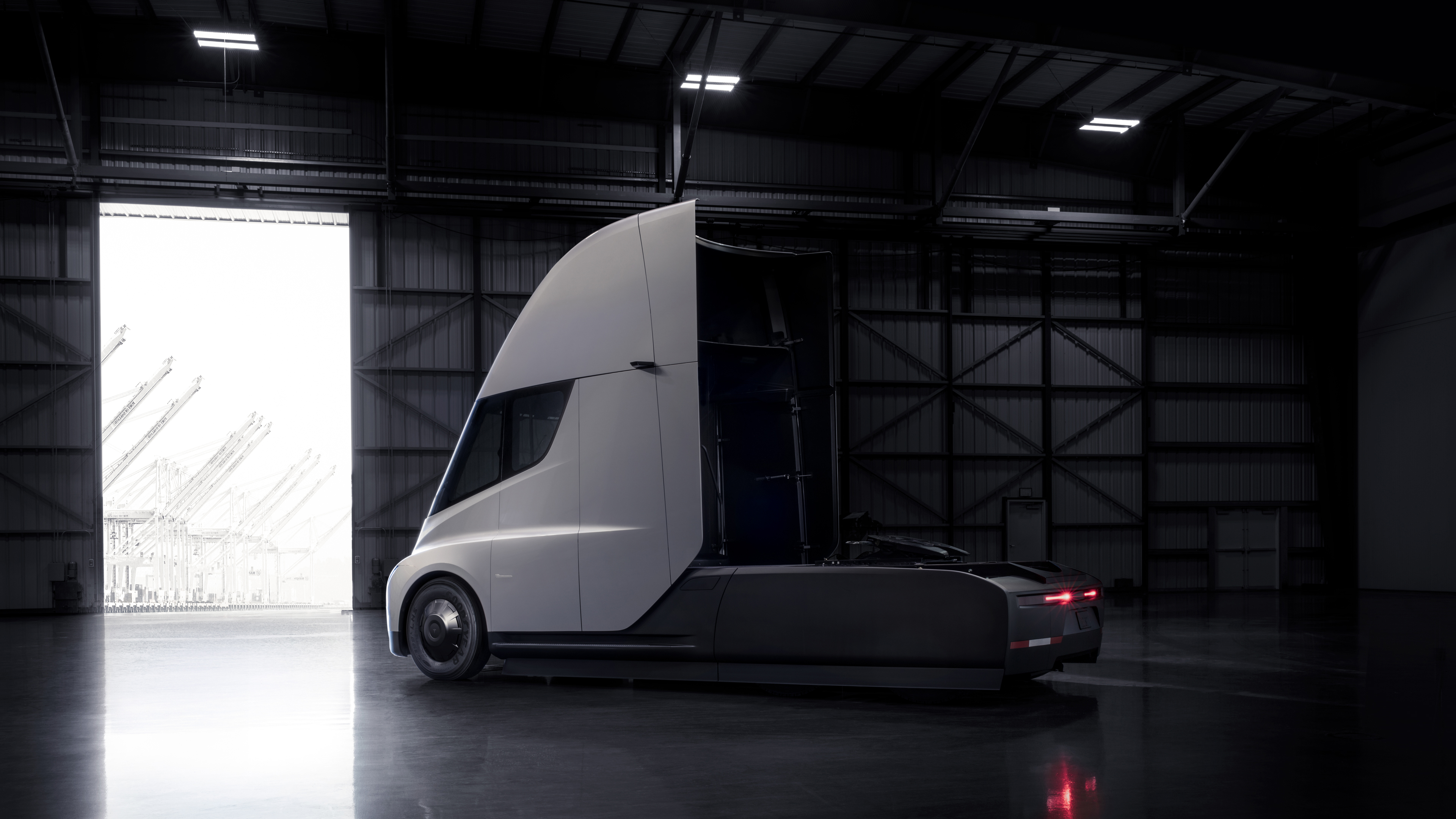You may not look at trucking as an industry that breaks technological barriers or pushes the limits of innovation. After all, most trucks run by using the same core mechanisms and fuel types as they have for decades. However, the antiquated image of trucking is only surface deep, and there have been countless impressive ideas behind the scenes that have improved supply chain efficiencies and made it easier for all of us to receive food, clothing, and shelter.
You are probably aware of concepts such as electric and autonomous trucks – machinery that has already been put into action on a small scale. But these big-ticket items aren’t the only innovations that we have seen from the trucking world. There are some major improvements on the horizon, and they could change the future of logistics as we know it.
Software To Assist Drivers: New trucks are already equipped with all sorts of software to enhance driveability and improve safety, but there is much more to come. As road vehicles become more interconnected, we can expect to see new programs such as sign recognition software that will alert the driver of speed limits and changes in road conditions.
IoT Connectivity: The Internet of Things is the theory of interconnected automated processes and it has already infiltrated the trucking industry. Many trucks are currently connected and capable of receiving/transmitting data 24 hours a day. This will continue to increase, as it is predicted that 80 billion IoT devices will be connected by 2025, which will allow innovations with data and new understanding for logistics practices.
Increased Human Focus: While it seems like all of this technology will take the jobs out of the hands of people, humans are still the number one concern and the reason that they work. Technology will continue to be used to increase safety for both the drivers on the road and those around them, and more jobs will become available in the logistics industry as more people will be needed to harness and understand these technologies.
At Zip Xpress, we understand that optimization is a process. Technology is evolving at a rapid rate, but it will never replace the need for great service. Many of the key problems that exist in logistics can’t be solved with a computer, and companies will always want special attention given to their shipment. It is important to remember this even with the groundbreaking innovations coming in the years ahead. When you need a customized carrier solution that works to ensure your shipment will arrive undamaged and on time, start today with Zip Xpress!




